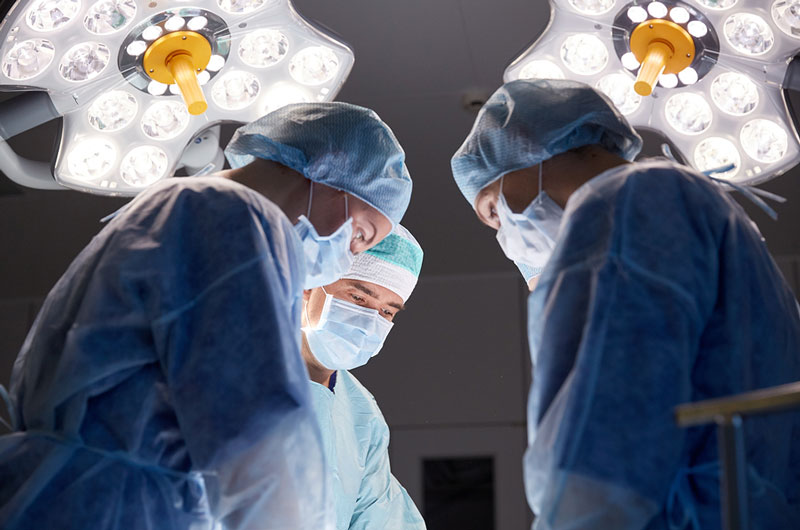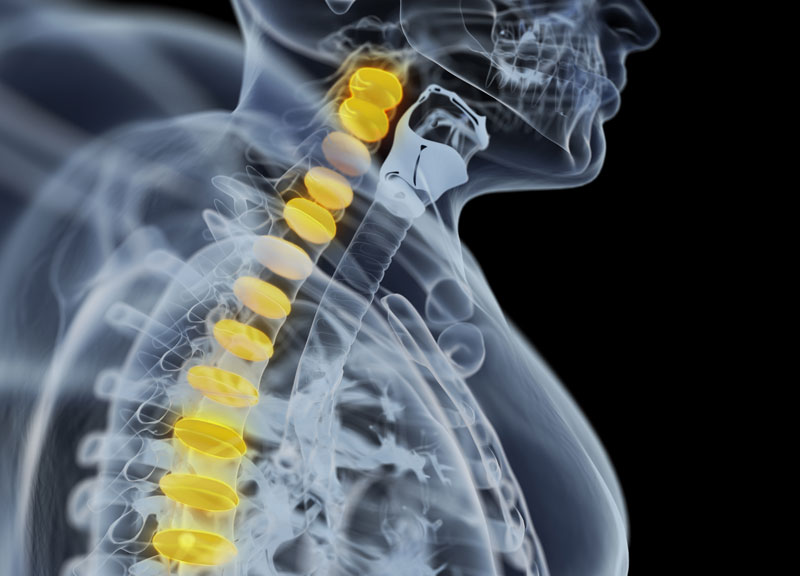These fractures may occur due to injury, trauma, or as a part of the natural ageing process. However, the best part is that these fractures can be treated.
Understanding Spinal Fracture
Spinal fractures result from breaking or collapse of vertebrae (bones in the spine). Most of the time it happens because of a trauma or injury due to accident, fall, etc. Spinal fractures may also be caused by simple natural movements such as sneezing or coughing. This happens when the vertebrae becomes weak and brittle due to osteoporosis or cancer.
Signs and Symptoms
One of the major symptoms include sudden onset of back pain that lasts longer than a few days. Those at higher risk of osteoporosis or having low bone mass should meet a doctor to discuss the symptom. The doctor will ask some questions and examine the back. He/she may also recommend an x-ray or other imaging test when required.
Spinal Fractures – Who is at Risk?
These fractures are twice as common as hip fractures. The fractures have also been labelled as three times more common than breast cancer. Post-menopausal women (over the age of 55) are more vulnerable to get spinal fractures. Women over 50 years of age will suffer an osteoporosis-related spinal fracture.
Complications of Untreated Spinal Fractures
In the event a spinal fracture is left untreated, the vertebra may heal within the “caved in” or “broken” position. This results in a kyphosis or increased forward curvature. There is a visible postural change in the patient, which is often referred to as a ‘hunchback’ or ‘dowager’s hump’.
A spinal fracture that is not treated in a timely manner or remains in a deformed condition can shorten the overall length of spine and pushes it forward. This affects the natural alignment of spine adversely. Any additional fracture of the spine can further increase this deformity which makes the spinal curvature more visible or pronounced in patients. Change of posture with an aim to compensate for kyphotic deformity can affect the way one walks and can also put strain on the back and joints.
Misalignment of the spine can compress internal organs and result in health issues not associated with the spine. These may include:
- Decreased mobility
- Decreased ability to take care of yourself
- Greater vulnerability to falls and tripping
- Less active days
- Spending more days in bed
- Loss of balance
- Chronic back pain
- Significant decrease in appetite
- Sleep related disorders
- Fatigue / excess tiredness
- Sadness / depression
- Decreased quality of life
- Feelings of isolation
- Increased risk of fractures in the future
Treatment Options for Spine Fractures
The spine fractures are treated with two major surgical procedures:
Vertebroplasty – This is a minimally invasive procedure wherein liquid bone cement is directly injected into the affected vertebrae with an aim to stabilize fractures and provide relief from pain.
Balloon Kyphoplasty – The surgery is also a minimally invasive procedure. It involves lifting of the vertebrae using a balloon and creating a cavity for bone cement. The treatment is aimed at stabilizing the fracture.




